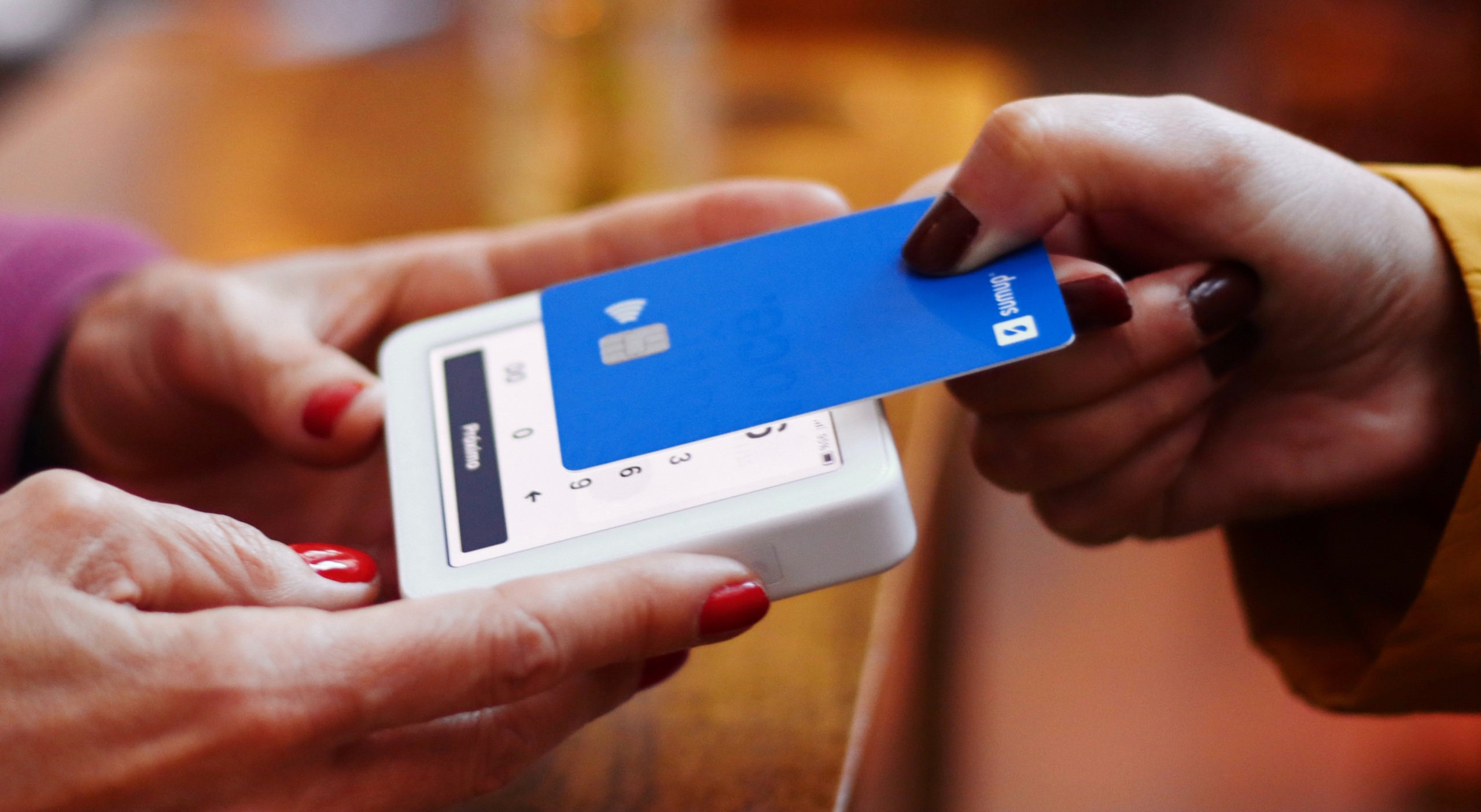
Tips on how to protect yourself from surprise medical bills
Imagine you go to a hospital for a routine procedure. You’ve made sure your hospital and doctor are covered by your insurance. The procedure goes well and you head home to recover. Two weeks later, you get the bill, but instead of the copay you expected, you get a bill for nearly $4,000. Turns out, the anesthesiologist who assisted with your procedure was “out of network” and your insurance won’t cover that bill as expected. You’ve received a surprise medical bill and now owe the difference between what your insurance will pay the out-of-network anesthesiologist and what you were billed.
What is a “surprise” medical bill?
You receive a surprise medical bill when, through no fault of your own, you are treated by providers outside of your insurance network. These out-of-network providers can charge exorbitant rates only revealed when the bill arrives in the mail. The average emergency room surprise bill is around $600, but these bills can range into the tens or even hundreds of thousands of dollars. When out-of-network providers charge these high rates, it drives up costs for everyone. Consumers are burdened with higher bills that they had no way to avoid. And when insurers have to pay their share of this higher charge, they’re likely to pass on that cost to everyone by raising premiums.
Know your rights
In Oregon, some patients are protected from certain surprise medical bills. It is important to know your rights to protect yourself from these illegal out-of-network charges. If you have insurance through Medicare, Oregon Health Plan, or are on Veterans Affairs Health Care, you are fully protected from surprise bills. This tip sheet is for people covered under any other type of insurance.
If your insurance plan is regulated by Oregon state law, you are protected from surprise bills in these two situations:
-
Emergency treatment by an out-of-network provider.
-
Treatment by an out-of-network provider at an in-network facility without your written consent.
In these situations, you cannot be charged for anything more than what you would normally owe for in-network treatment. The out-of-network provider should not send you a bill. If you do receive one, you should not pay it. Instead, follow the steps below on “How to fight a surprise bill,” and inform your insurer at once.
Exceptions to surprise billing protections
Oregon’s consumer protections against surprise medical bills do not apply to all patients and all situations.There are some exceptions. You could be required to pay an out-of-network bill in the following situations:
-
If you signed a consent form and purposely chose a provider or facility not within your insurance network.
-
If your insurance plan is not a “state-regulated” plan. If you are unsure whether your plan is state-regulated, contact your insurer. If your plan is not regulated by Oregon, see below to learn how you can try to lower your bill from providers not covered by your insurance
-
If you are transported by an out-of-network ground or air ambulance. See below to learn how you can try to lower your bill from ambulances not covered by your insurer.
How to prevent a surprise bill
Because Oregon’s law does not protect everyone and every situation, here are a few steps you should take to prevent a surprise bill.
-
Check with your insurer to make sure you are choosing a provider that is covered by your insurance. Make sure that the hospital or health care facility (lab, diagnostic center, surgery center) is in your insurance network before receiving treatment.
-
When planning hospitalizations at an in-network facility, check with the facility to ensure that all providers (surgeons, anesthesiologists, and others), lab services (such as blood work) and imaging services (such as X-rays, MRIs) are covered by your insurance plan. Be specific in requesting that all services you may need are covered by your insurer.
-
Know where your nearest in-network emergency room is for those times when it is possible to choose.
Voluntarily choosing an out-of-network provider
Many insured Oregon residents are covered by an HMO plan which does not cover out-of-network services. But if you do have a plan that has an out-of-network benefit, you can still choose an out-of-network provider at an in-network facility. However, actively choosing an out-of-network provider will result in a higher copay and additional costs your insurer will not cover.
If you want to use an out-of-network provider, Oregon law requires the following:
-
You must have been informed about the availability of an in-network provider that you can choose for your care
-
You must be informed of your out-of-pocket cost for the out-of-network treatment
-
You must sign a form consenting to the out-of-network treatment
NOTE: You should only sign a consent form if you are purposely choosing an out-of-network provider and are willing to pay the higher costs. You should not sign a consent form if you want to stay within your insurance network and avoid higher costs.
How to fight a surprise medical bill
-
Make sure you are looking at an actual bill or invoice. An “Explanation of Benefits” is not a bill.
-
If the bill looks incorrect, do not pay it. Sometimes bills are sent before the insurance company has made its portion of the payment. Call your insurer and ask for more information.
-
If you think you have received a surprise medical bill, you can use your rights to fight the charges. But first, be sure it is a bill covered by the consumer protections. Here are a few questions to ask. If you are able to answer yes to all these questions, then you do not have to pay the bill:
-
Is your insurance plan a state-regulated plan? If you are unsure whether your plan is state-regulated, contact your insurer or the Division of Consumer and Business Services at 888-877-4894.
-
Is the bill for more than your typical copay for in-network services?
-
Is the bill for treatment in an emergency room?
-
If the care was not in an emergency situation, was the facility in-network?
-
If you think you’ve been sent a bill you should not have to pay, file a complaint with your insurer. Then file a complaint with the Department of Consumer and Business Services online or by phone at 888-877-4894.
If your bill does not meet all the requirements above, you may still be able to lower the amount you owe. See below: “Tips for lowering a medical bill.”
NOTE: If you purposely chose a provider who is not covered by your insurer, and you signed a consent form allowing treatment by an out-of-network provider, you may have waived your surprise billing rights. Check the consent form to make sure it meets the requirements in the section above “Choosing an out-of-network provider.”
Tips for lowering a medical bill
-
Ask for an itemized bill and check that you are not being mistakenly billed for treatment you did not receive.
-
Compare the itemized bill to your Explanation of Benefits to see whether your insurer is paying its share. Sometimes patients are billed for services because their provider sent the wrong billing code to the insurer.
-
Contact your provider and ask about anything you don’t understand.
-
Contact your insurer to see if any mistakes were made on their end.
-
If there are no mistakes, try negotiating with your provider. Many hospitals have patient advocate departments to help you negotiate the bill.
-
Contact the Department for Consumer and Business Services at 888-877-4894. They may be able to help you fight the bill.
-
Keep careful notes of all conversations you have. Get the names of the people you are speaking to. Keep your files in one place for easy access.
-
Be patient and clear in your requests.
Special information during the COVID-19 pandemic
Testing for COVID-19 is free of charge for both insured and uninsured consumers if it is medically necessary. This means that if you have symptoms or have been exposed to someone with COVID-19, you can get a free test. Even though the test is free, many people have been billed for other fees associated with their visit. In Oregon, state-regulated insurers cover the entire costs of medically necessary testing and the cost of the vaccine. But if you are in a federally regulated plan, you may still be responsible for a copay or deductible. Before being tested, contact your insurer to confirm the testing site is in-network and ask about cost-sharing. When you choose a testing site, call and ask about other fees.
In Oregon, you can also be tested at Walgreens, Rite Aid, eTrueNorth, and Health Mart at no cost. You do not need a referral to be tested at these pharmacies, but you may have to complete a questionnaire to determine that your test is medically necessary. To find out more about COVID testing in your state, use this resource.
More consumer protections are coming in January 2022
In a victory for consumers, Congress passed the No Surprises Act to expand surprise billing protections to all insured Americans. This means that Oregon residents covered by federally regulated plans who are currently without protections under Oregon law will be protected from surprise bills beginning in 2022. The federal protections will closely mirror Oregon’s laws, protecting patients from surprise out-of-network bills for emergency treatment and from surprise bills for non-emergency treatment at in-network hospitals. The law will also prevent air ambulances from sending out-of-network surprise bills.
Topics
Authors
Maribeth Guarino
High Value Health Care, Advocate, PIRG
Maribeth educates lawmakers and the public about problems in health care and pushes for workable solutions. When she's not researching or lobbying, Maribeth likes to read, play games, and paint.
Find Out More

Outpatient outrage: Hospitals charge fees for care at the doctor’s office

A bad deal: Why you don’t want (medical credit) cards in your hand

Medical Bills: Everything you need to know about your rights
